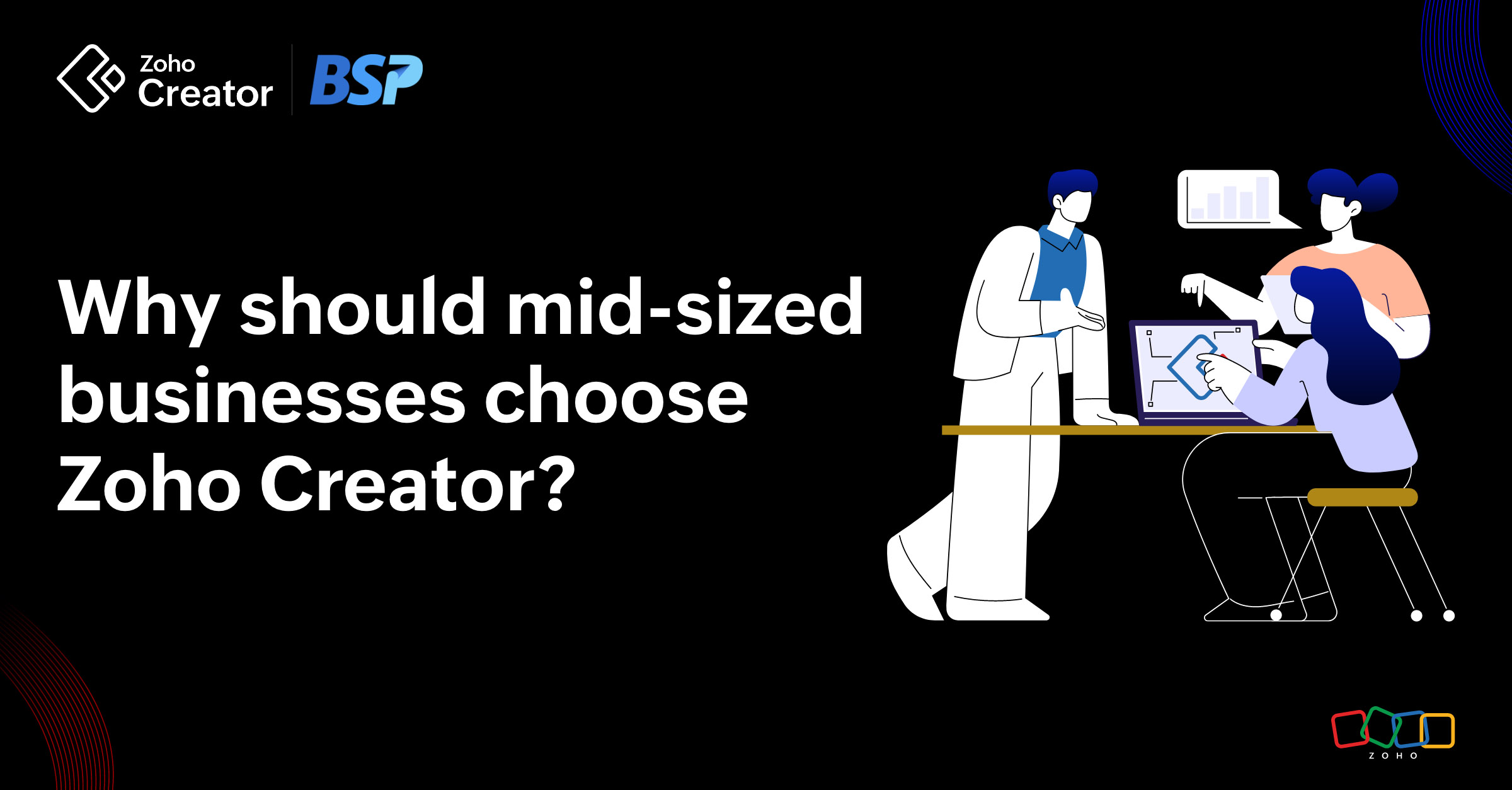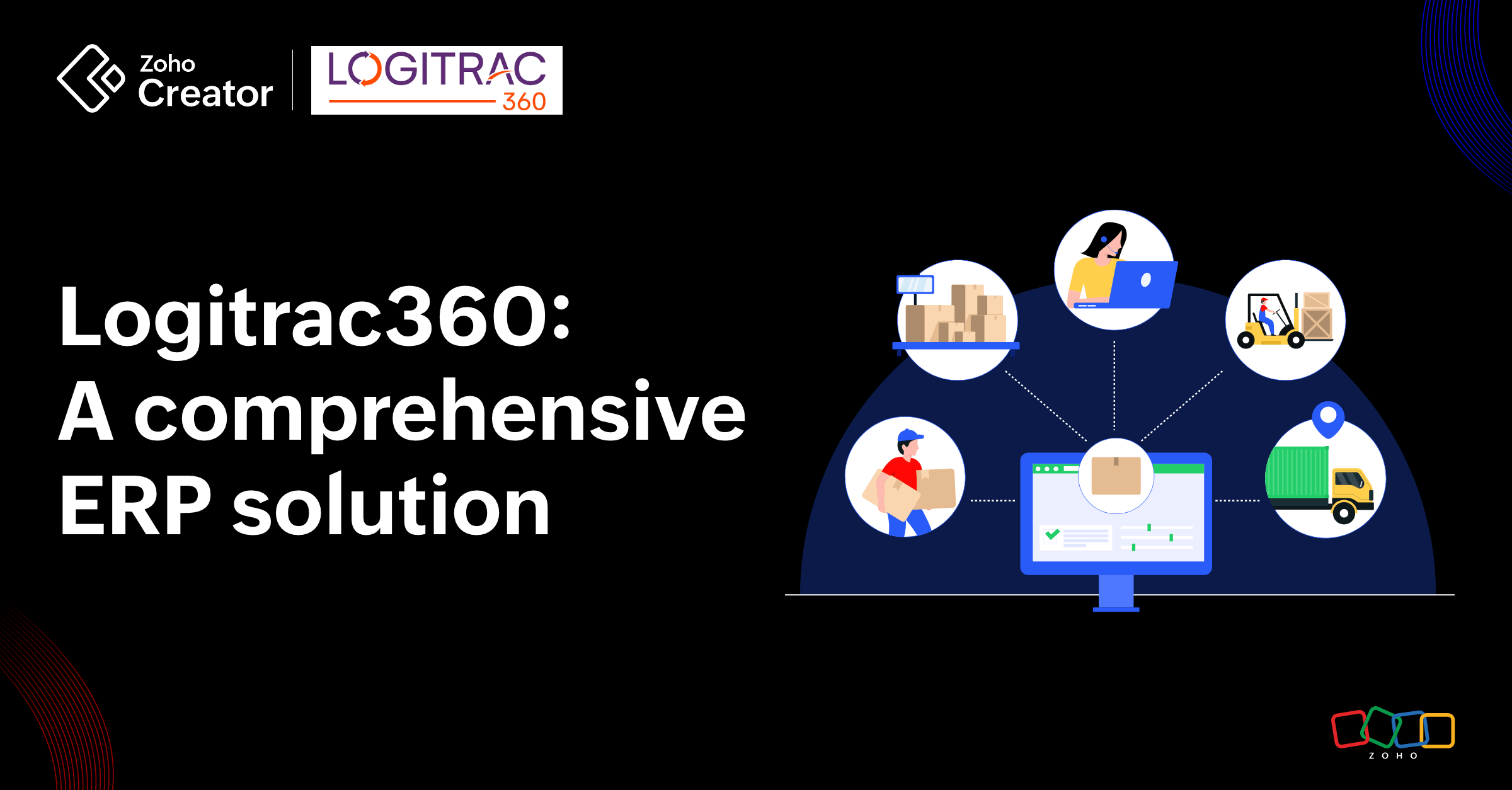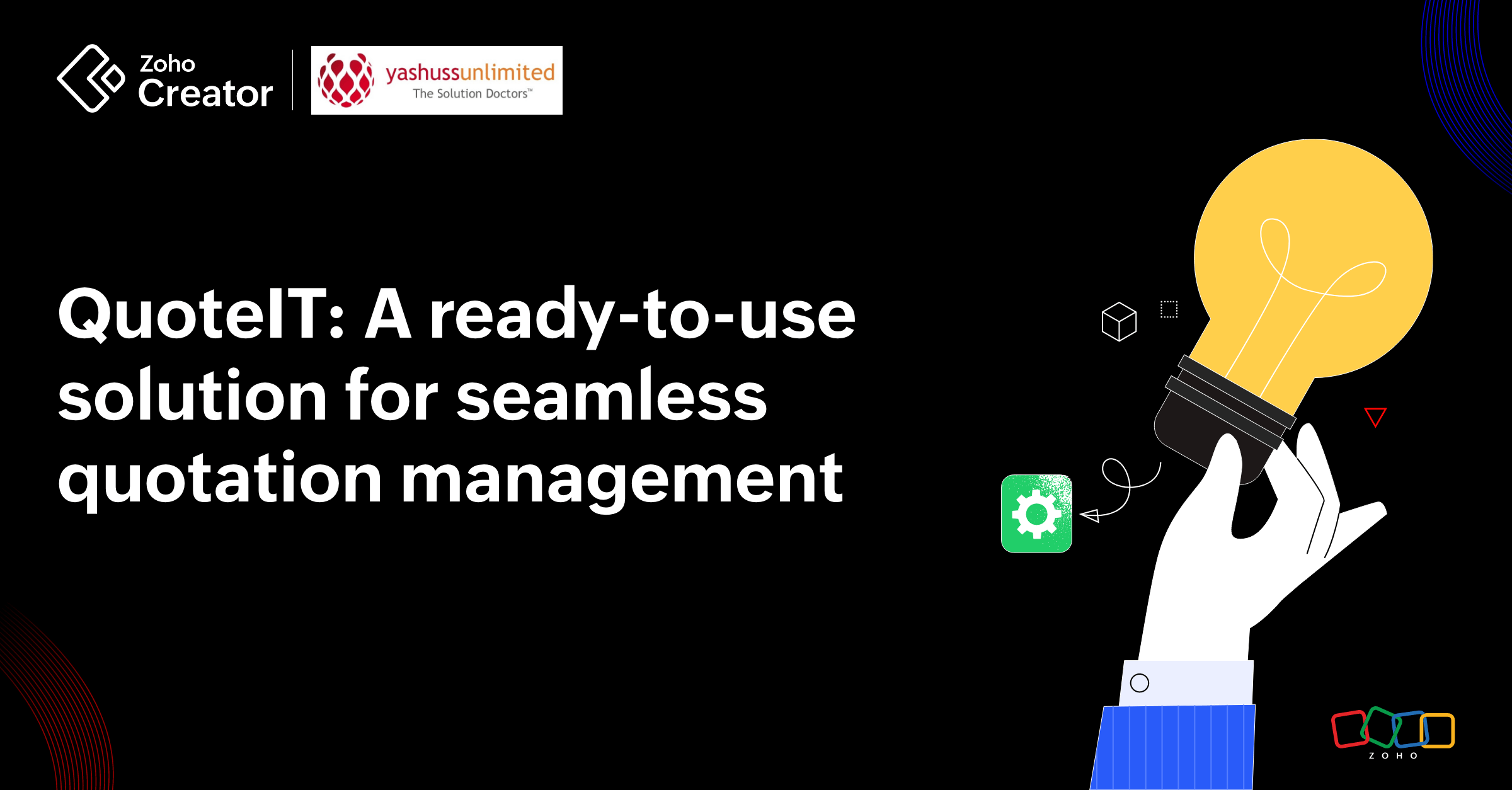- HOME
- Create Your Way
- An opportunity to re-engineer your digital workplace
An opportunity to re-engineer your digital workplace
- Last Updated : April 20, 2023
- 2.4K Views
- 6 minutes Min Read
The pandemic came and is holding the whole world hostage.
All our well-thought-out plans for 2020 went out of the window, and organizations had to adapt to the unknown.
Many sustained, many perished, and for the majority, success meant mere survival.
Now, eight months after the shift, organizations around the world are in the process of slowly coming to terms with the knowledge that we have to coexist with the virus for at least the near future.
However, it’s not all grim, and we have, for sure, learned a few crucial lessons in the process. The most important one is probably that the once-buzzword “digital transformation” is less a luxury and more a necessity. Organizations that took a strategic approach to digital transformation were nimble enough to adapt better and evolve with the changing situation, and eventually established end-to-end digital workplaces that cater to both employees and customers equally.
During the pandemic, we ran an interesting panel discussion series called Tech Table Talks, where we got technology experts and customers to discuss what the new order would be like. One of the most popular sessions was a discussion on the topic of the digital workplace, between Jason Bloomberg, principal analyst at Intellyx, an analyst firm focused on the subject of digital transformation; Shelby Spencer, CTO of Briotix Health, a workplace safety solution provider with clients in over 63 countries; and Tejas Gadhia, product evangelist at Zoho.
In this blog, I’ll try to condense the key points from the session and draw parallels to where we are, about six months after the discussion.
So what impact did Covid-19 really have?
To begin with, let’s get the macro stuff out of the way.
Some countries handled the pandemic better than the others, but it didn’t necessarily mean a trade-off with the economic impact. A report by ourworldindata.org suggests that countries that suffered the most severe economic downturns—like the US, India, the UK, Peru, and Spain—were generally among the countries with the highest COVID-19 impact.
Then we come to industries, and again, some industries were a lot worse off than others, such as the tourism industry. Airbnb laid-off about 25% of its global workforce by May 2020. Delta Airlines posted a loss of $5.7 billion in Q2 ’20, its biggest since the 2008 GFC. Another example is the global retail sector, which, as per Forrester, will decline by an average of 9.6% in 2020, resulting in a loss of $2.1 trillion. On the other hand, some essential service industries grew multifold during the period, and so did some of the service providers who managed to adapt to remote working without severely hampering operations.
Then we come to the business processes, where the last six months have acted as a furnace to reshape the traditional system. A part of it was driven by cost optimization pressures, like in marketing, which took the brunt of budget cuts. Michael Nathanson, an analyst at Moffett Nathanson, estimates that the US advertising industry could see a decline of 10.6%, amounting to an estimated total loss of $26 billion in 2020.
The other half was driven by the need to change employee behavior to meet the change in customer interactions. For most, this meant quick-fixing a digital workplace to handle core business processes while maximizing existing tech investments.
Looking deeper into the digital workplace
The why behind digital workplaces is deeper than simply remote working.
It is about aligning the concept of work and collaboration around value-producing activities for a team that is not geographically co-dependent.
As mentioned previously, the pandemic has fundamentally shifted customer interactions—but how?
By changing priorities in terms of perceived risk, urgency, and importance, which in turn has transformed the way organizations make decisions.
Earlier, the digital workplace, which was a cog in larger digital transformation efforts, was perceived as an expensive part of a complex modernization process, spanning months, if not years. But now, it’s become a means of survival that needs to be rolled out in weeks if not in days. The focus right now is on mission-critical activities, and the building blocks of identifying and prioritizing this revolves around answering the following questions:
- How are people getting their jobs done?
- How are people delivering value to customers?
- How are people interacting inside the organization?
- How are customers interacting with companies?
A robust digital workplace to effectively address these new demands is a combination of a team mindset, adaptive, tech-enabled workflows, a robust communication system, and supportive policies.
Role of low-code platforms in enabling a digital workplace
The right application to seamlessly execute mission-critical processes is the centerpiece of the new action blueprint. But for most organizations who were caught up in the long-term loop of digital transformation, putting together solutions at pace became imperative, and going with the traditional method would mean the need for more time, effort, and cost, in addition to a lack of flexibility.
So what’s the solution?
Low-code application development platforms.
But why?
Apart from being 10 times faster than the traditional mode of application development, and at a fraction of the cost, low-code platforms possess the ability to cater to many different situations an organization might be facing—building new apps, integrating different systems for a connected workflow, or extending the capabilities of an existing application.
It also comes with a single price and a short learning curve. Once you get the hang of the platform, you can churn out individual or connected applications with ease.
The bottom line? Low-code gives you speed and agility without breaking the bank—the real need of the hour.
Briotix Health’s story with low-code and digital workplace
Headquartered in the United States, they help over 700 organizations across 63 countries safeguard workforce health through technology. Their key focus areas include industrial sports medicine, office ergonomics and health, and specialized solutions.
Their journey with low-code applications began in August 2015, when they were evaluating different technology strategies that could help them build a scalable and flexible product ecosystem to support their core offerings. They eventually zeroed in on Zoho Creator, our low-code application development platform, after a long evaluation process that included building a custom proof of concept which tested the platform for its capabilities to meet different use cases, ability to scale, security, and cost-efficiency.
Fast forward five years, and a majority of their revenue comes from seven different customizable enterprise products, all built on Zoho Creator, with an advantage of ~68% faster go-to-market.
Briotix Health had an advantage by being ahead of the curve in terms of embracing remote working due to the impact of California wildfires and extreme blizzards over the years, along with the nature of the services they offered. Over 80% of their employees work out of client locations, which meant that they didn’t have a lot of tweaking to do in terms of in-house operations.
But they had an entirely different challenge to deal with.
As of January 2020, 75% of their revenue came from services delivered and provided directly at clients’ physical workplaces. By February 2020, 45% of their clients closed their offices completely, toppling their revenue engine. To add to these woes, all seven of their products were tuned to the pre-pandemic world—suddenly, their products weren’t relevant anymore, posing a massive risk to the company.
The only solution was to go back to the drawing board and reassess the way forward by asking difficult questions like:
- What existing services were relevant, considering this paradigm shift?
- To what extent were customers impacted, and what could be done to help them?
- How can viable services be redeployed for lost business?
After a lot of brain wracking, they came up with a plan to develop and deploy a set of new products which were made to combat the issues their customers were facing.
The result?
By the end of March, they managed to launch six new commercial products in a span of six weeks, all built on Zoho Creator, to recoup 75% of the revenue lost due to the impact of COVID-19.
Every business leader is looking for a solution that’ll help them get ahead and solve critical pain points, and Zoho Creator has been the most transformative solution I’ve encountered in my 20 years of business. It has completely revolutionized the way we think about what we do and how we do it – Shelby Spencer, CTO, Briotix Health
Conclusion
Did we want a pandemic? No!
Did we enjoy it? Absolutely No!
Can we use it as an opportunity? Hell yes!
As the Briotix Health story shows, this is an opportunity to reprioritize, restrategize, and restructure, to build a future-proof organization—and engineering the right kind of digital workplace is essential to this.
To begin the process, it’s crucial to have a vision, start small, and scale fast. Going the traditional way is definitely an option, but low-code platforms like Zoho Creator give you the speed, agility, and flexibility needed, considering the cost of errors in these difficult times.
The only question is,
Will you take the plunge or wait and hope?
 Tribin
TribinAt work, a product marketer passionate about narrating technology stories that can help organizations make value-driven decisions. Outside of it, a cat-parent who believes that everyone should observe these fabulous beings to learn a thing or two about patience, excitement, and love.



